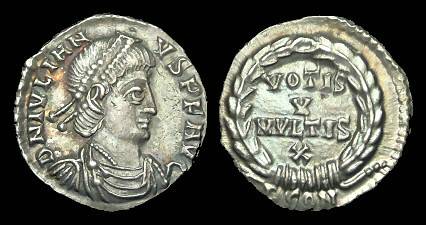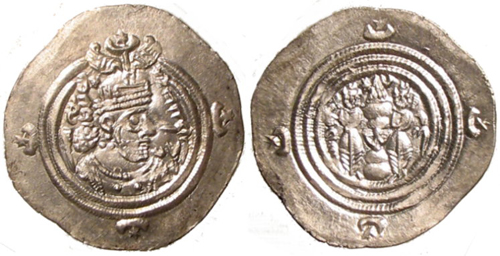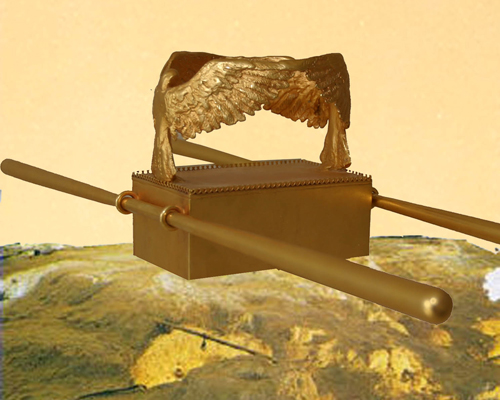The Ezekiel Temple
The description of the future Temple is presented to us by the prophet Yehezkel (Ezekiel) from chapter forty to the end of the book. In chapter forty, an angel brought Yehezkel in a vision to Jerusalem and showed him the future Temple. The angel gave to Yehezkel a measuring rod and a measuring string and told him to measure the future Temple and to write down the details. Rashi (the same Rashi who explained a problem in the Talmud by saying that the Temple would descend already built from heaven) explains that Yehezkel wrote down the details so that in the future, the Jews will know how to build the Temple. It is very logical to deduce that if the Jews must know how to build the Temple, then they also need to build the Temple.
The Rambam (Maimonides, one of the great codifiers of Jewish law who lived approximately 800 years ago) in Hilchoth Melachim (The Laws of Kings) writes that the Moshiah (Messiah) must build the Temple. This is somewhat similar to the opinion that the Temple will come down from heaven, in that we don't have to do anything physical to build the Mikdash now. However, in Hilchoth Beith Habehirah (The Laws of the Temple) he describes the mitzvah (commandment) to build the Temple in the same way that he describes any other commandment which is binding always. This would imply that if we have the opportunity, we are required to build the Temple now.
The Historical Evidence
The Temple was destroyed in the year 70. From that time until the conquest of the land of Israel by the Arabs in the year 637, there were four attempts to rebuild the Temple. All of these attempts were seemingly under the auspices of the Sages of Israel.
The first of these attempts was led by Rabbi Yehoshua ben Hananiah, who was one of the greatest rabbis of his generation. This was in the year ~118, 48 years after the Temple was destroyed. He received permission from Rome to rebuild the Temple but the Cuthim (Samaritans) interfered. They told the emperor that the Jews were going to rebel. The emperor asked how the Samaritans could say such a thing. The Samaritans suggested a test: that the emperor should order the Jews to move the proposed Temple by one amah (cubit). If the Jews would listen, fine, but if not, then it would be taken as proof that the Jews had rebellion in their hearts.
Since the place of the Altar is unique - it is the place where Adam, Cain, Abel and Noah brought sacrifice, it is the place where Yitzchak (Isaac) was bound, it is the place where Soloman built his Altar, and it is the place where the future Altar must be built, so it can not be changed.
Therefore the sages were willing to forego the rebuilding of the Temple rather than build it in the wrong place. But we do see that they were ready to try.
Return To Top
In the year 131, Bar Kochva led a revolt against Rome. Bar Kochva was a talmid (disciple) of Rabbi Akiva, one of the greatest sages of his generation. There are indications in the Talmud and the liturgy that Bar Kochva at the very least built an altar (which would have to be in its correct place on the Temple Mount) and reinstituted at least part of the sacrificial service (korban Pesah, the passover sacrifice). The Rashash, one of the great later commentators on the Talmud writes (Pesahim 74a) "Im yesh litein eimun l'sophrei hanochrim asher ben Koziva bemolcho banah Beith HaMikdash, v'hihrivo Adrianus. If we can believe the gentile authors, ben Koziva (another name for Bar Kochva) when he ruled, built the Temple, and Hadrian destroyed it." Not only did Bar Kochva attempt to rebuild the Temple, he may have succeeded, and he almost certainly re-established the altar. Even though there had been a previous failure, the Jews did not wait for the Temple to descend form heaven, and they did not use the previous failure as an excuse.
In the year 361, Julian II ascended the imperial throne of Rome. By some he is called Julian the Philosopher, and by others, Julian the Apostate. He is called the latter, because Constantine had previously converted the Empire to Christianity, and Julian wanted to restore the old pagan religion.
Julian wanted sacrifices and wasn't particular to whom one sacrificed. He also wanted to weaken the strength of the Christians. He wrote a letter to Hillel II who was the nassi (the head of the Jews) in the land of Israel at the time. In the letter, Julian asked Hillel to reinstitute Jewish sacrifices. Hillel wrote back that since the Temple is destroyed, the Jews may not bring sacrifices. Julian told Hillel to rebuild the Temple.
Even though there had already been two failed attempts, Hillel did not wait for the Temple to descend from heaven, he organized the building site and the building materials. The Jews were ready to start building on the following day (which was lag b'omer) but there was an earthquake. Shortly thereafter, Julian was killed, either in battle or by one of his Christian soldiers. He was only emperor for less than twenty months.
 Image of Julian II on a Roman siliqua.
Image of Julian II on a Roman siliqua.
Return To Top
In the year 611, the Persian king, Khoshru II wanted to make war on the Byzantines who were then ruling Israel. He made a deal with the Reish Galutha (head of the Jews in Babylonia and a descendant from King David). The Reish Galutha gave Koshru 30,000 Jewish soldiers, and in return he received permission to capture Jerusalem. In the year 614, the Jews captured Jerusalem. They ruled for 3 years, until Koshru made a new deal with the Byzantines. In his introduction to Sepher Zerubavel, the historian Dr. Yehudah Kaufman, on the basis of some textual evidence, suggests that during this period, the Jews brought sacrifices.  Image of Khoshru II on a Persian drachma.
Image of Khoshru II on a Persian drachma.
Rabbeinu Yehiel MiParis, one of the Ba'alei HaTosphos (Talmudic scholars in France during the time of the crusades) suggested that the Jews should bring sacrifices.
From all of this we may conclude that if the Temple will descend from heaven already built, we may certainly rejoice, but we should not let that possibility deter us from building the Temple ourselves with stone. And even if we can't buld the entire Temple because of various difficulties, we can still build a mizbe'ach (altar) to restore the sacrificial system.
If there are not T'horim (Jews in a state of ritual purity) to build the Beith HaMikdash, then the t'me'im (impure ones) may build it. (Rambam Beith Habehirah 7:23). And it is permitted to bring the sacrifices if the altar is in place, even though the rest of the Temple is not build. This is what Zerubbavel did for 20 years before he was able to build the Second Beih HaMikdash.
Return To Top

 Image of Julian II on a Roman siliqua.
Image of Julian II on a Roman siliqua.  Image of Khoshru II on a Persian drachma.
Image of Khoshru II on a Persian drachma.